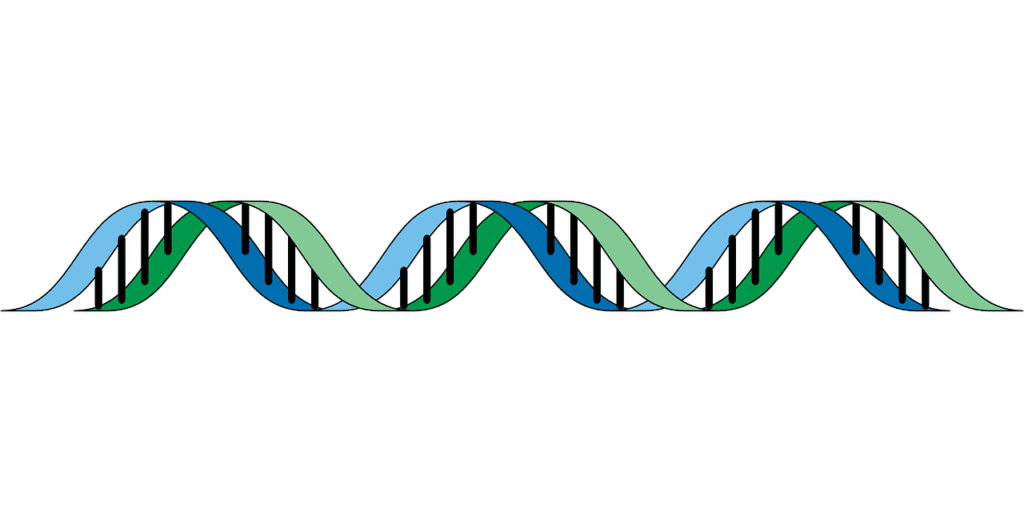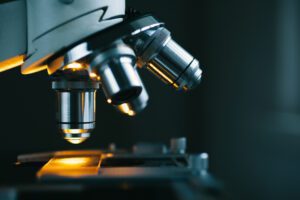Albert Edge and Yushi Hayashi recently led a research team which uncovered the specific mechanism which can cause deafness in Norrie disease, a rare condition. These findings were recently published in PNAS. The team hopes that their research will lead to new treatment targets for this condition which currently has no cure. Additionally, they hope new targets could be identified for other forms of deafness.
Norrie disease patients were found to not have the Norrie Disease Protein (NDP). This protein is essential for maintaining the hair cells within the cochlea, which are necessary for hearing. Additionally, this research team uncovered the pathway which could be used to foster cell regeneration. This pathway is called the Wnt pathway. When looking at a mice model, this Wnt pathway was able to mimic the NDP and restore hearing.
In the past, researchers had thought that vascular issues led to hearing loss. Now, knowing differently, they can make more significant progress in finding treatments.
As of right now, there are no known ways to reverse the death of hair cells. If the team can nail this down, it could change the lives of many who are dealing with hearing loss.
Norrie Disease
Norrie disease is known to be caused by over 100 mutations within the NDP gene. The condition can cause deafness, blindness, as well as intellectual disability. Typically, children are born blind, but their hearing decreases over time.
By the time they reach the age of 12, they often experience profound hearing loss. If a new treatment is found that can be started before the hearing loss even begins, patients could have a significantly improved quality of life.
The Research
Using mice model of Norrie Disease, the team was able to uncover abnormalities in the hair cells within the ear. These cells died before the mice turned two months old and corresponded with progressive hearing loss.
The researchers then closely examined the NDP. Ultimately, they found that the NDP controls an entire network of transcriptional regulators which are necessary for the maintenance and development of the hair cells in the ear. This means that without NDP, hair cells aren’t able to develop properly.
Although they initially look normal, over time they will become faulty or ultimately, die.
After this discovery, they then tried to restore the hearing in two ways. First, they used stimulation of the Wnt signaling pathway. To do this they over expressed β-catenin as it could replicate how NDP acts.
The results showed promise.
Additionally, the team tried over expressing the NDP in cells that were close to the hair cells. They hoped that the NDP would secrete throughout the whole area. This method also showed promise.
Future research should focus specifically on different disease stages and different ages of animal models. Additionally, the researchers will examine other medications and gene therapies which may be used in combination to support hearing.
Hayashi, Y., et al. (2021) Norrie disease protein is essential for cochlear hair cell maturation. PNAS. doi.org/10.1073/pnas.2106369118.
You can read more about this study here.








